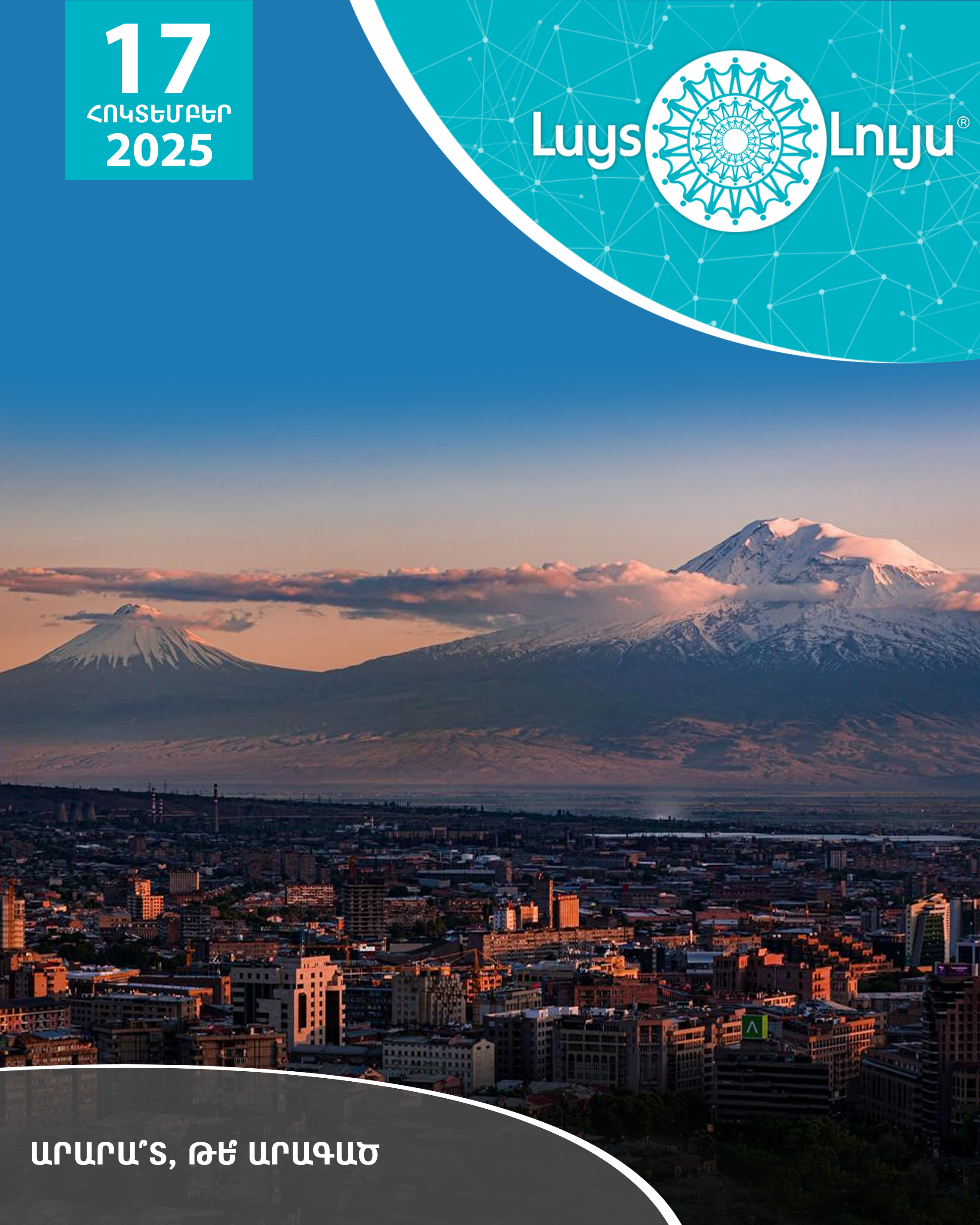 Ararat or Aragats?
Ararat or Aragats?
The reinterpretation of Armenia’s national symbols and the consolidation of society around them are essential not only for preserving the country’s national identity but also for ensuring its vitality. However, the current political approach, which is fundamentally the opposite, endangers this process by diminishing the potential of national identity and hindering its strengthening. In this context, pseudo-discourses such as “Ararat or Aragats?” are particularly dangerous, as they contribute to the polarization of society. The contradictions that arise around these symbols are often used not to unite, but to create dividing lines. This undermines national cohesion by weakening the connection between state institutions and society. The effect is especially evident in the political sphere, where the manipulation of national symbols is used for short-term gains without considering the long-term consequences. As a result, instead of becoming a foundation for national unity, the symbols turn into a source of division. Full material is only available in Armenian.
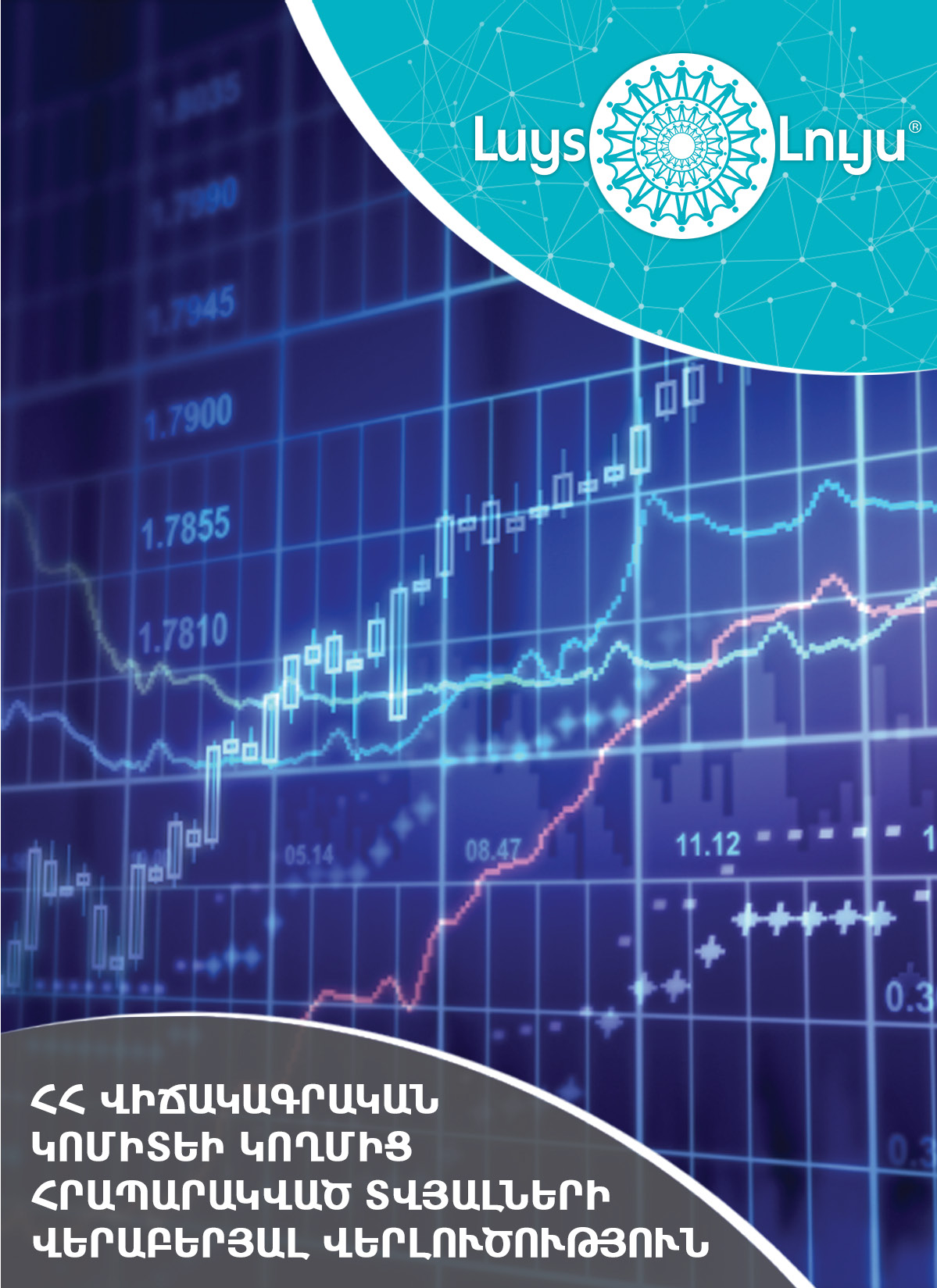 The social-economic developments in the economy of the RA for January-August 2025
The social-economic developments in the economy of the RA for January-August 2025
In the present analysis, given the data published by the Statistical Committee of the RA, we study the recent social-economic developments in the economy of the RA. In particular, we consider the cumulative indicator of economic activity of the given month, its sectoral distribution, as well as the dynamics of individual sectors of the economy. We also analyze economic developments in the foreign trade, labour market and fiscal system of the RA. In addition, some aspects of the financial system (inflation, deposits and loans), as well as the behaviour of the exchange rate, are touched upon. Full material is only available in Armenian.
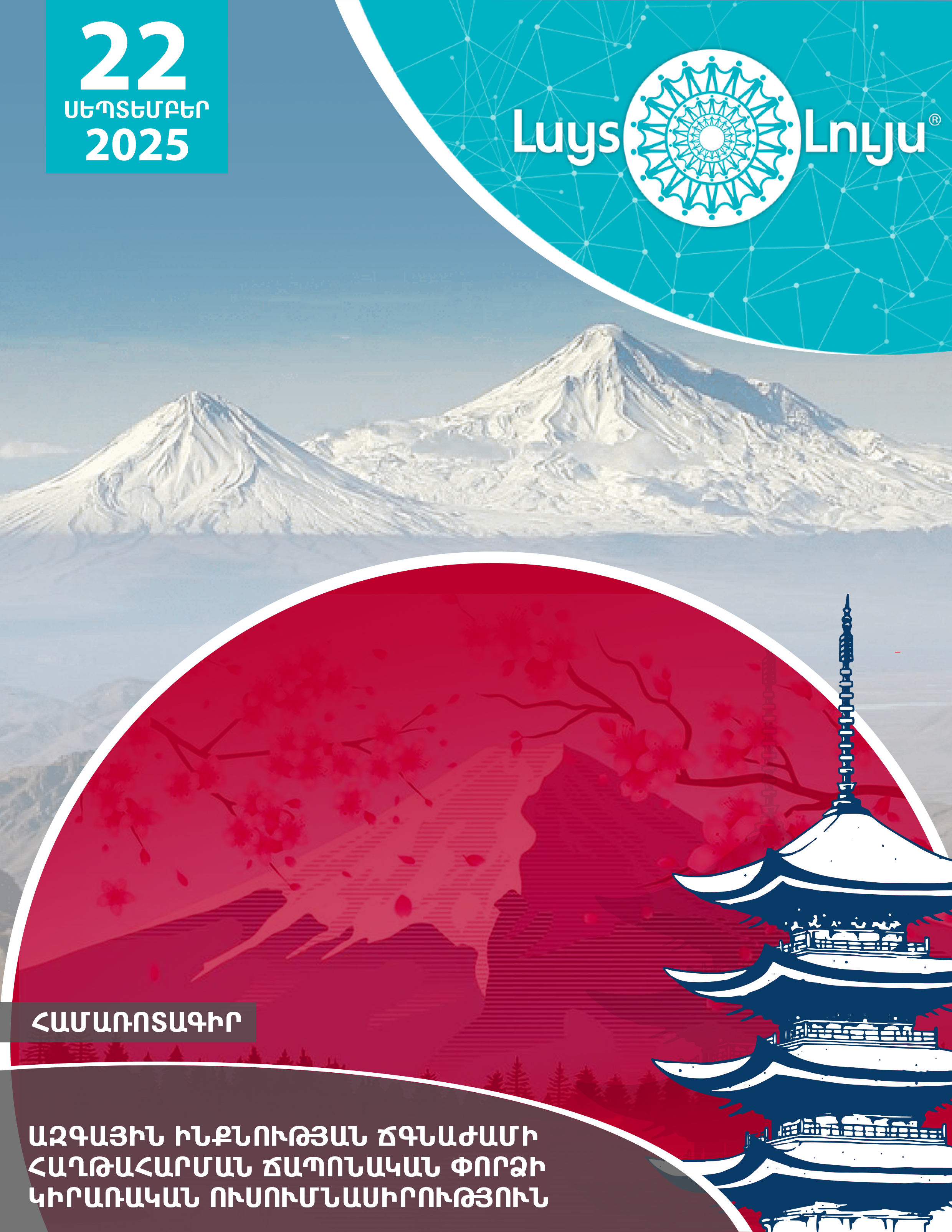 An applied study of the Japanese experience in overcoming the national identity crisis.
An applied study of the Japanese experience in overcoming the national identity crisis.
The evaluation and interpretation of the past, and the study of the experiences of countries and peoples who have faced various tragic situations, gain particular significance during turning points of history and times of crisis. When faced with entirely new realities, challenges, and crises that differ from the past, nations have often sought the roots of existing problems and the keys to overcoming them through the evaluation and interpretation of historical experiences - their own or others’.
The tragic surrender and capitulation in World War II was an unprecedented event in the lives of the Japanese people, which led to a profound transformation in their ethnic identity. The Japanese of yesterday began to no longer recognize themselves finding themselves in a deep identity crisis.
This study offers a detailed examination of the identity crisis among postwar Japanese and their successful attempts to overcome. Particularly those aspects of the crisis that are comparable to the identity crisis the Armenian people face today. Full material is only available in Armenian.
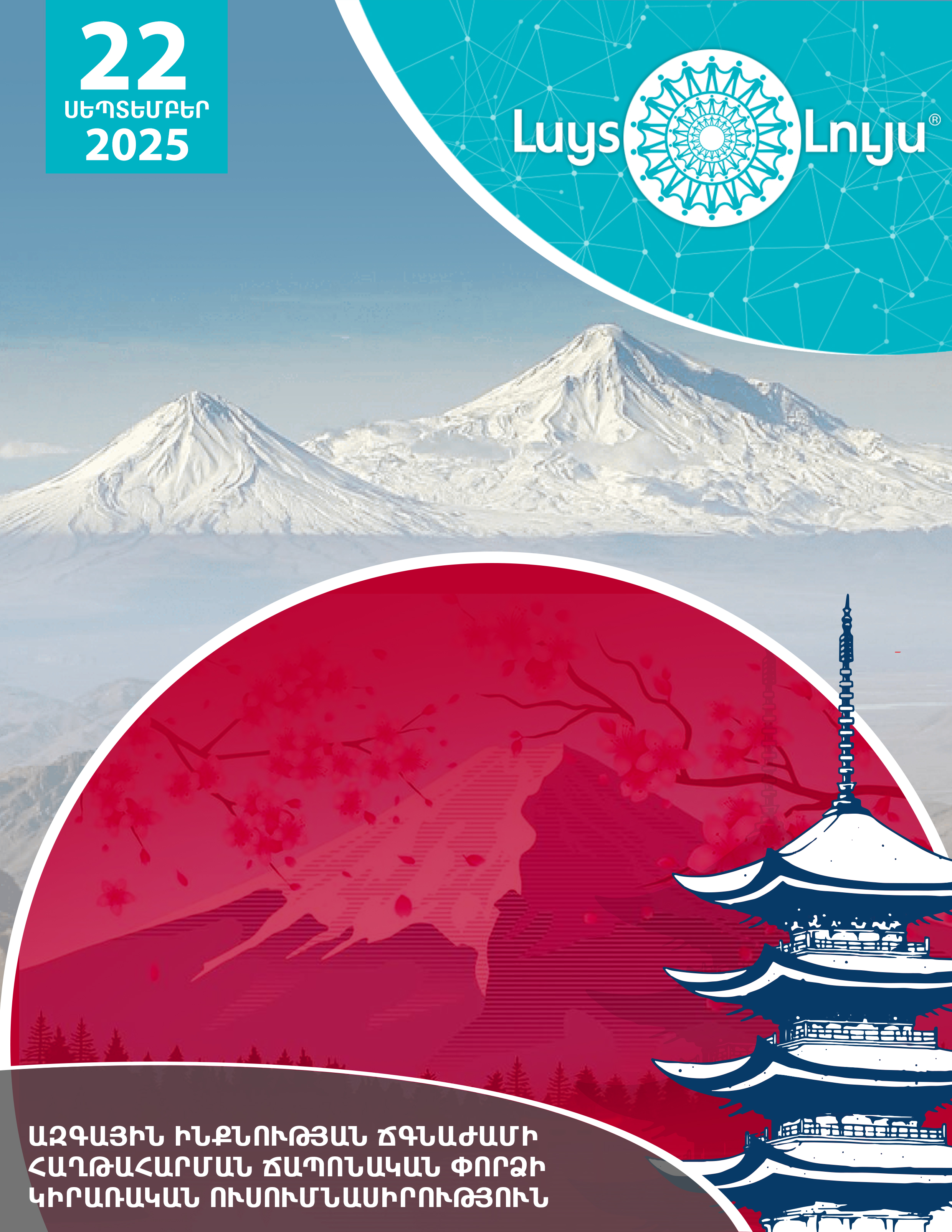 An applied study of the Japanese experience in overcoming the national identity crisis
An applied study of the Japanese experience in overcoming the national identity crisis
The evaluation and interpretation of the past, and the study of the experiences of countries and peoples who have faced various tragic situations, gain particular significance during turning points of history and times of crisis. When faced with entirely new realities, challenges, and crises that differ from the past, nations have often sought the roots of existing problems and the keys to overcoming them through the evaluation and interpretation of historical experiences - their own or others’.
The tragic surrender and capitulation in World War II was an unprecedented event in the lives of the Japanese people, which led to a profound transformation in their ethnic identity. The Japanese of yesterday began to no longer recognize themselves finding themselves in a deep identity crisis.
This study offers a detailed examination of the identity crisis among postwar Japanese and their successful attempts to overcome. Particularly those aspects of the crisis that are comparable to the identity crisis the Armenian people face today. Full material is only available in Armenian.
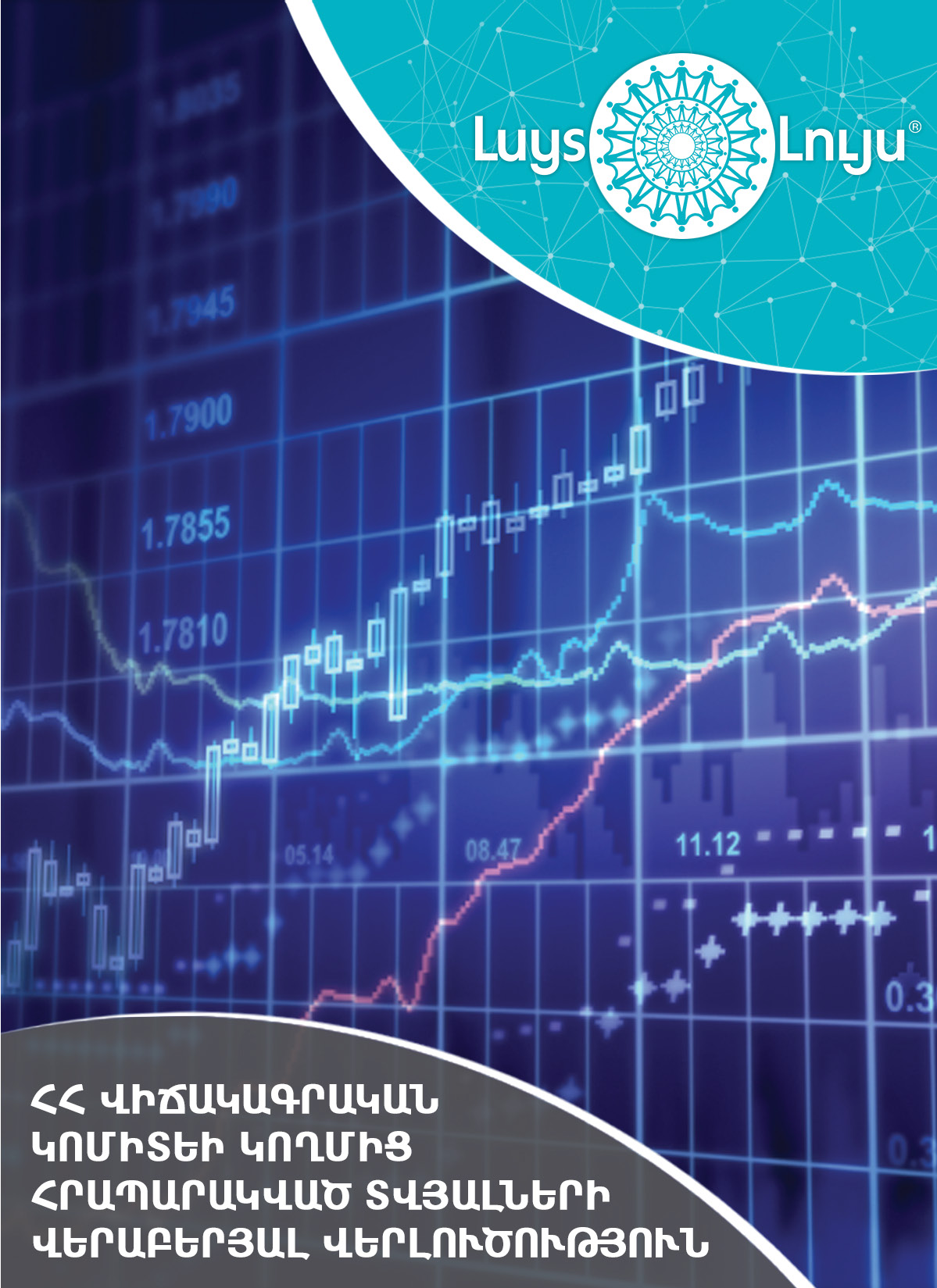 The social-economic developments in the economy of the RA for January-July 2025
The social-economic developments in the economy of the RA for January-July 2025
In the present analysis, given the data published by the Statistical Committee of the RA, we study the recent social-economic developments in the economy of the RA. In particular, we consider the cumulative indicator of economic activity of the given month, its sectoral distribution, as well as the dynamics of individual sectors of the economy. We also analyze economic developments in the foreign trade, labour market and fiscal system of the RA. In addition, some aspects of the financial system (inflation, deposits and loans), as well as the behaviour of the exchange rate, are touched upon. Full material is only available in Armenian.
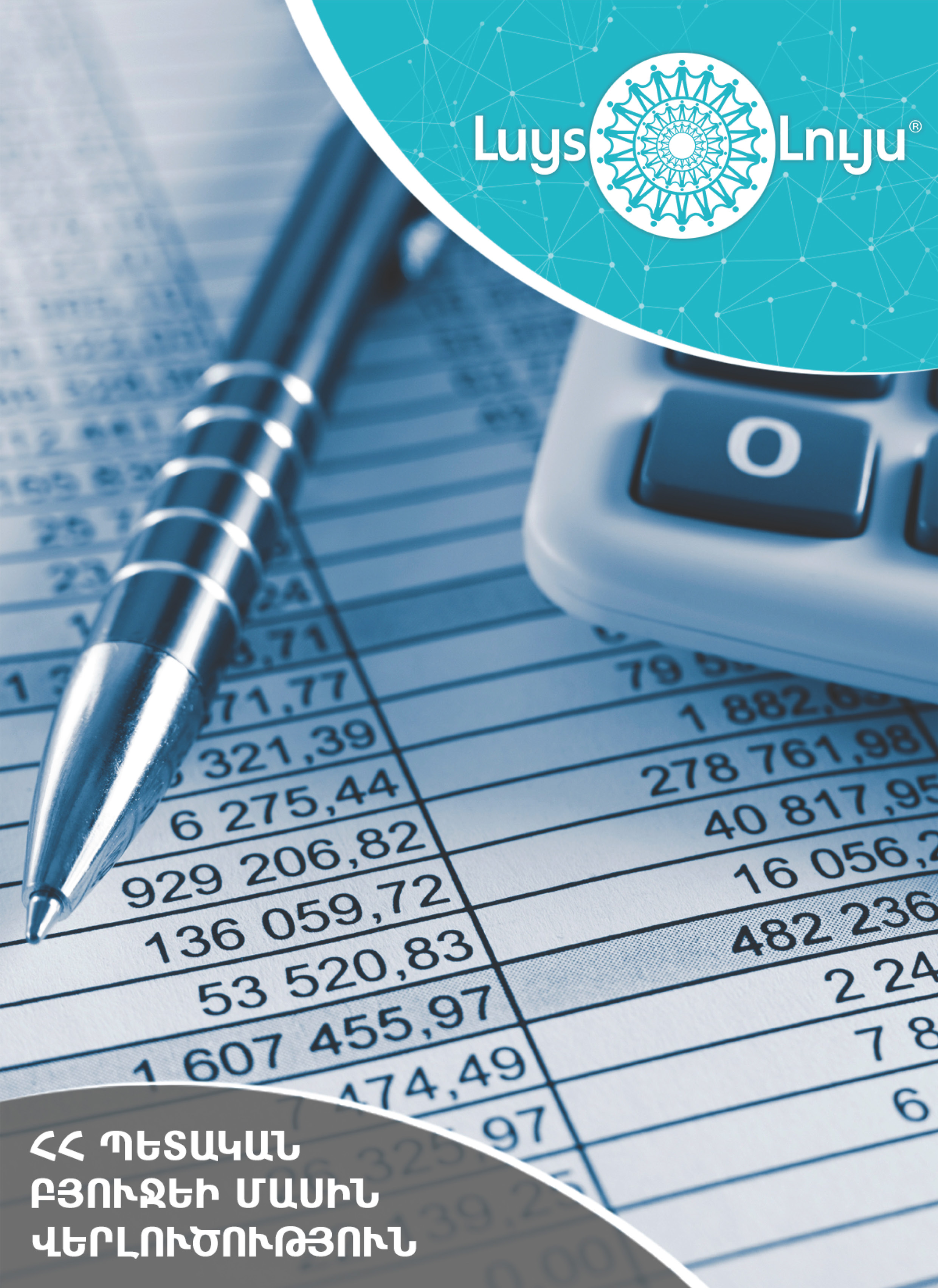 On the execution report of the state budget of the RA for the first half of 2025
On the execution report of the state budget of the RA for the first half of 2025
The objective of the present analysis is to assess the execution of the state budget of the RA in the given period. First, we describe the general state of the economy of the RA, namely the driving forces of economic activity, the developments in individual sectors of the economy, the behavior of the components of the demand – consumption and investment – and so on. Afterwards, we analyze the performance of government revenues and expenditures by comparing the actual and planned values of the respective indicators. We conclude the analysis by summarizing the main observations and results. Full material is only available in Armenian․
 The social-economic developments in the economy of the RA for January-June 2025
The social-economic developments in the economy of the RA for January-June 2025
In the present analysis, given the data published by the Statistical Committee of the RA, we study the recent social-economic developments in the economy of the RA. In particular, we consider the cumulative indicator of economic activity of the given month, its sectoral distribution, as well as the dynamics of individual sectors of the economy. We also analyze economic developments in the foreign trade, labour market and fiscal system of the RA. In addition, some aspects of the financial system (inflation, deposits and loans), as well as the behaviour of the exchange rate, are touched upon. Full material is only available in Armenian.
 Quo Vadis, Armenia- 2025? Controlled chaos
Quo Vadis, Armenia- 2025? Controlled chaos
Due to a number of mistakes made since the restoration of Armenia's independence, an unconstitutional change of government took place in 2018. The new government, which is anti-national, apathetic, unfaithful and greedy, with an insatiable appetite for power, is trying to destroy the fundamental institutions that were considered unshakable, such as the statehood of Artsakh and the Armenian Holy Apostolic Church. It also tries to desecrate and devalue components of national identity, such as nation, homeland, family, faith, morality and sovereignty, without which it would be impossible to prevent the complete destruction of the nation and restore the catastrophic losses that have been incurred through complex, lengthy, and painful work. Armenia found itself in a whirlpool of not only disgusting internal conspiracies, unconstitutional political revelries, lies, falsehoods, manipulations, and clowning, but also complex foreign policy challenges. The catastrophic geopolitical situation is constantly worsening as events unfold in the context of the final stage of complex, three-component international processes: globalization, post-Soviet transformations, and the formation of a new world order. To overcome such situations, a thorough and informed assessment of both external and internal processes is required, as well as an understanding of the challenges and opportunities for overcoming them. In order to solve this problem, it is necessary to analyze the development of events in geopolitical and domestic environments, as well as foreign policy of Armenia, in order to identify the effectiveness/inefficiency of the formation and use of internal capabilities to overcome external challenges.
The article presents the concept of "controlled chaos", which, after the collapse of the USSR, became the ideological basis for US foreign policy aimed at building a unipolar world order. The concept, authored by American diplomat S. Mann, is based on "chaos theory", used in natural sciences since the 1980s, and intends to radically revise the foundations of international relations and establish a new world order. This approach rejects the use of international law in international relations, placing the national interests of the United States above all other orders and norms. It has been shown that this approach not only violates the rights of other countries, but also serves as a basis for subjugating recognized or unrecognized smaller states, using war crimes, crimes against humanity, ethnic cleansing and genocide. According to this concept, in order to achieve these goals, the United States should create chaotic situations in other countries, carry out "color revolutions" to install manageable authorities, and change the mindset of these countries' societies and their fundamental value system. A review of US foreign policy confirms compliance with this approach.
The following articles will explore the internal political situation in Armenia, as well as its foreign policy and associated complex issues, possible catastrophic outcomes, and potential prevention strategies. Full material is only available in Armenian․
 On the annual report for the year 2024 of the Audit Chamber of the RA
On the annual report for the year 2024 of the Audit Chamber of the RA
This reference summarizes the annual report for the year 2024 of the Audit Chamber of the Republic of Armenia on audits selected via risk-based methodology. In particular, the reference presents the general description of the above-mentioned audits (areas of auditing, types, nature of registered violations, etc.), as well as the most significant facts of the audits included in the annual report. Full material is only available in Armenian․
 Energy Transition Index in the RA (2025)
Energy Transition Index in the RA (2025)
The study of indicators and indices published by international organizations allows to address two important problems. First, to assess the performance of the RA in the given period with the help of comprehensive numerical measures, as well as to make intertemporal comparisons in order to understand whether the country moves in the desirable direction. Second, to compare the performance of the RA with other countries to ascertain Armenia’s relative position in the region and Eurasian Economic Union. These results are important, since they help to derive the comprehensive assessment of the economic situation, which is needed both for the public and the private sector. The present analysis is aimed at addressing the foregoing problems. Full material is only available in Armenian.